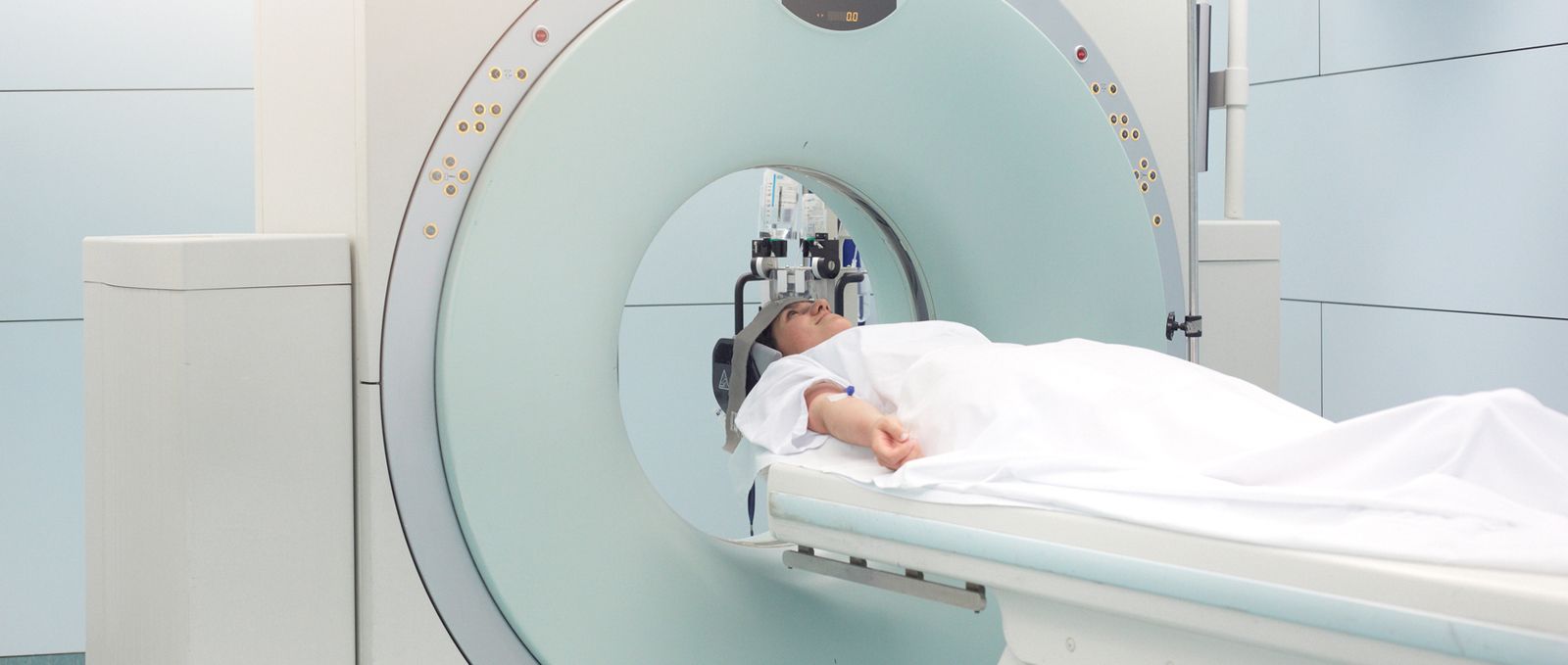Combination of innovations offers huge potential
Combining the rapid developments in advanced imaging with recent innovations in nuclear medicine, a new type of therapy is gaining global attention: image-guided molecular interventions. In practice, however, translating a promising idea into a useful clinical application is proving hard. Not least because it requires specific nuclear and other infrastructure.
With knowledge and experience across a number of relevant disciplines, a leading Dutch academic hospital saw a role it could fill. Vintura was asked to develop a strategy for the establishment of a translational laboratory to enable the hospital to pioneer new therapies in a range of fields, starting with oncology.
Strategy led by strengths and distinctiveness
Before addressing the organizational aspects, we first asked everyone involved to identify their “dot on the horizon” – the objective they collectively wanted the facility to head for. Together with the doctors and other relevant personnel from medical imaging, nuclear medicine, and oncology, we then brought that target into focus and formulated the positioning and ambitions of the hospital’s image-guided molecular interventions. And, at least as importantly, their impact for patients, medical staff, and researchers.
Next, we determined what organization and infrastructure were needed to meet the challenge of becoming a leading translational center. And we set priorities. Building upon existing in-house expertise, we set up a lean organization complete with a decision-making model for new advances. With a specific mission to draw in high-potential third-party innovations at an early stage.
Based upon the selected priorities, a renovation plan was compiled for the existing laboratory and the radionuclide pharmacy. This provided a clear picture of the necessary investments.
Clear plan for organization and facilities
What were once several separate groups are now a single team with one shared, widely-supported vision. And the hospital has a concrete strategic plan to achieve its ambitions with these promising therapies, which should have a huge positive impact for the lives of seriously ill patients.
By choosing to focus upon outside innovations, the hospital has positioned itself as good partner for innovative companies and research teams, so that new therapies will reach the clinical work floor – and hence the patient – much quicker.






